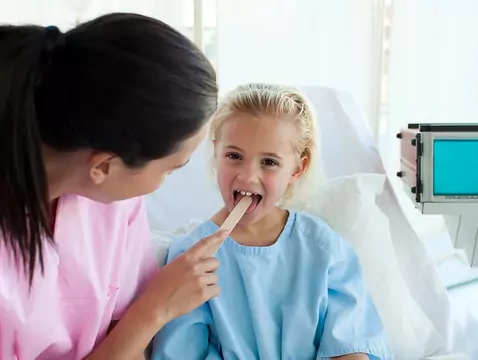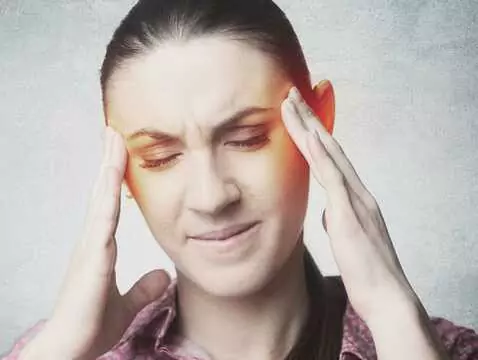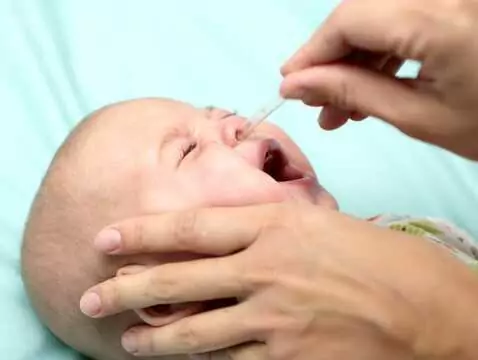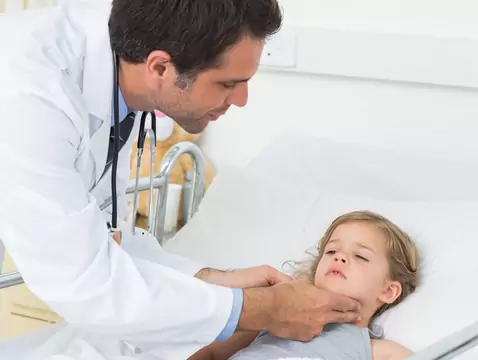Otitis media is a condition that can occur in any of us, at any age. Some of us have never experienced middle ear pain, while others have had recurrent episodes of middle ear inflammation from a young age. Earache is a common condition seen in children up to about 3 years of age. The older the child, the lower the incidence.
Ad:
Otitis media in children - what do we know about it?
You can read this text in 2 min.

Panthermedia
Mother caring for her child







